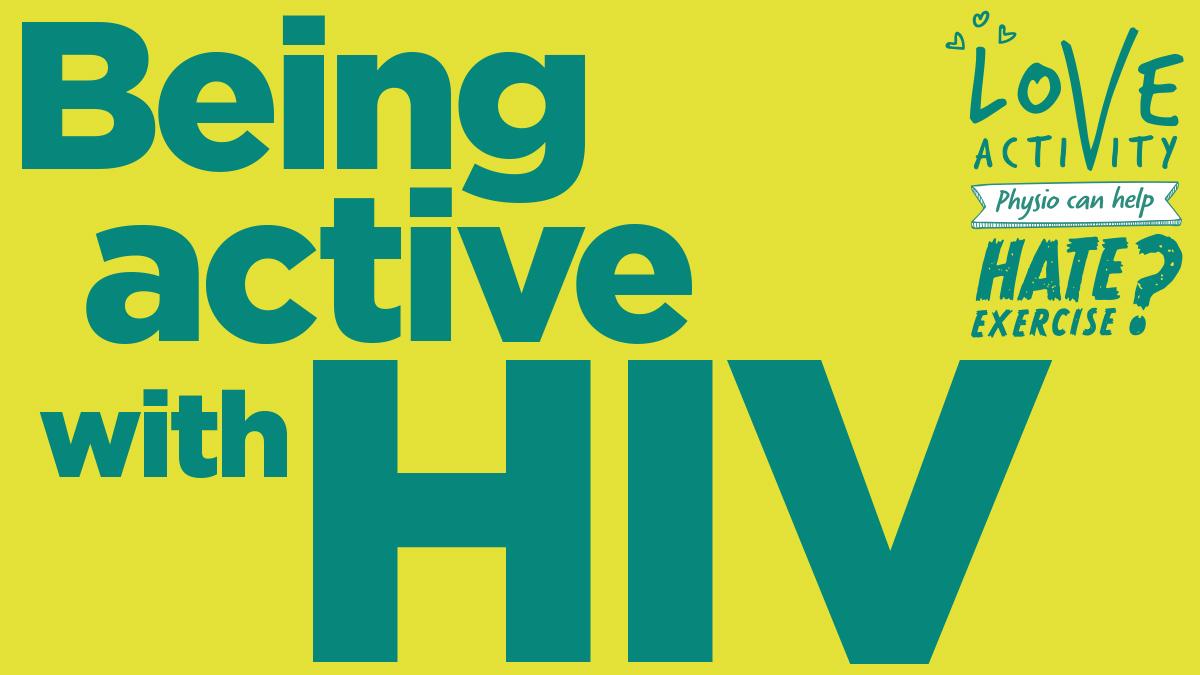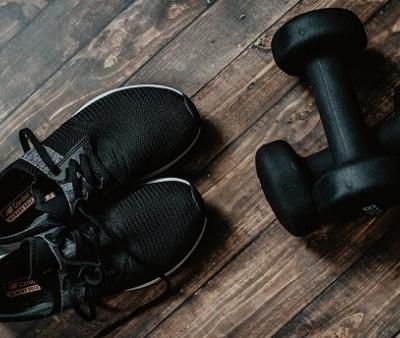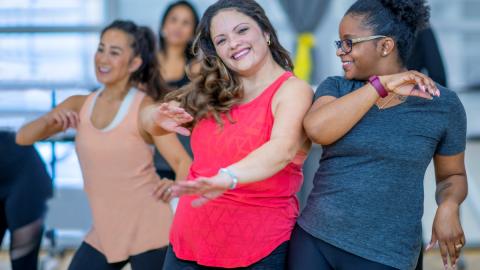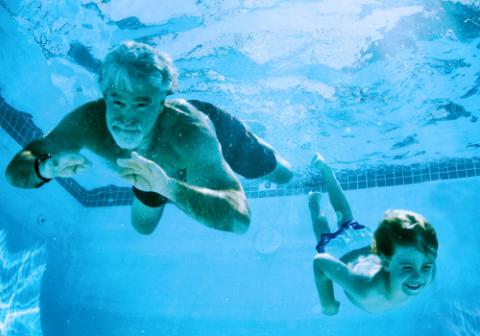With effective treatments, more people with HIV are reaching normal life expectancies and ageing well.

Keeping active is not only safe to do, but important for people’s health and wellbeing; improving heart and lung fitness, muscle strength, body composition, weight, mental health, and quality of life.
Here's how you can get started:
Find something accessible: not too far away, too expensive, or too difficult to participate in.
- Choose activities you enjoy, you’ll be more likely to keep doing activities that you love. It will be easier to start again in future if you need to take a break or if something gets in the way.
- Starting out can feel difficult sometimes, but remember that it gets easier. Positive perceptions and beliefs about being active will help you feel ready to introduce more activity into your lifestyle.
- Don’t forget that your readiness to engage in activity can fluctuate, and may be influenced by episodes of health, illness, or disability.
- If you have any concerns, speak to a healthcare professional about help and support, particularly if periods when you are unwell, episodes of disability, or other health conditions, affect your ability to be more active.
- Make activity social. Being with friends, peers, or family members can encourage you to be more active.

- Combine cardio and strength exercises. It is recommended to do 150 minutes moderate intensity, or 75 minutes vigorous intensity, alongside 2-3 strength sessions per week to build up muscles, preventing the loss of muscle mass as you age.
- Try walking 10,000 steps per day doing exercises to improve your balance like standing with your feet together, or stretching exercises such as yoga.
- Track your progress –setting goals and recording your progress can be helpful. Try using the pedometer in your smart phone, or a wall chart. Don’t forget to reward your progress and achievements. If you don’t make your goals or miss a session, then don’t be too hard on yourself, just take a break and start fresh by setting new goals.
If you’re still not sure where to start, a physiotherapist can assess you and work with you to create a weekly activity plan
You can download this page for future reference.
Being Active with HIV
Find Out More
Last reviewed:







































